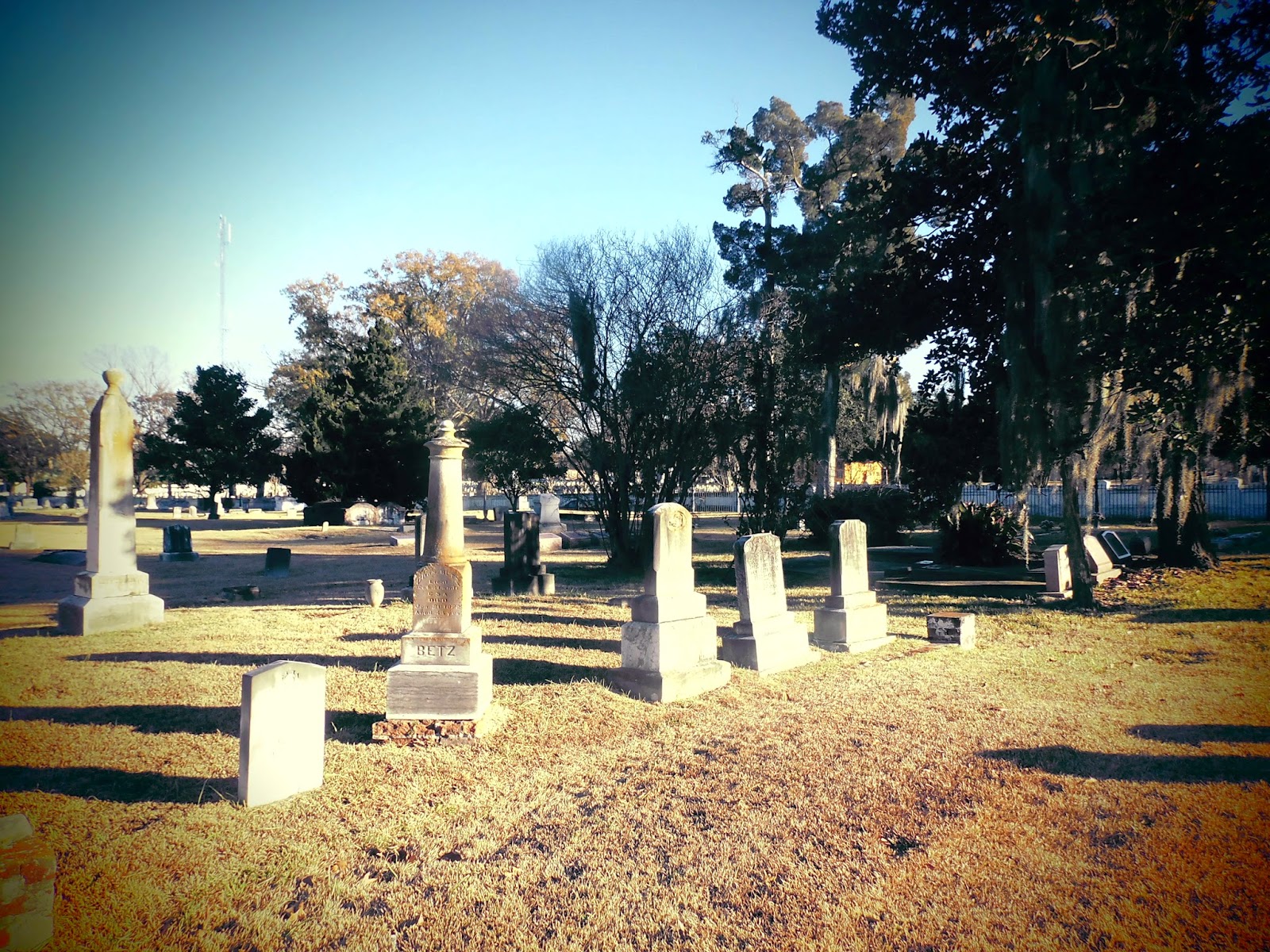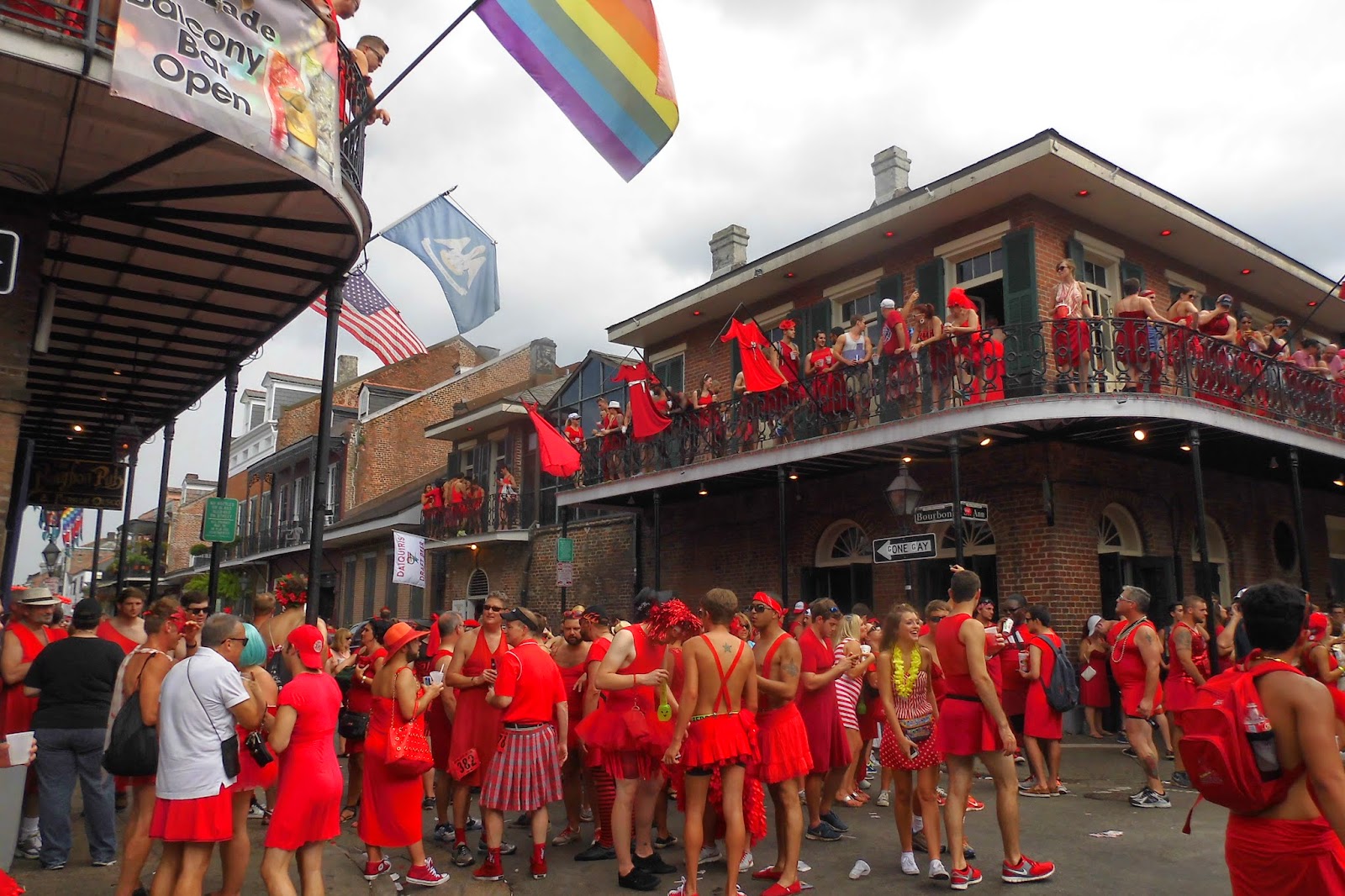It's summer, and it's hot. Very hot. In Louisiana, summer temperatures fluctuate between 90 and 95 degres and do not go below 70 at night. On top of it humidity levels are between 70 and 90 (= 90% moisture in the air), which means felt temperatures are easily 5 degrees over the real temperature. So actually we spend summer avoiding the sun and live with the AC.
There's something I learnt since I've moved here, it's that when humidity climbs above 40 percent, the damp air makes any
temperature over 80 degrees Fahrenheit feel
hotter than what the thermometer actually reads. Sorry, I'm showing off my knowledge here, after all we never ask ourselves questions about heat effects in Paris...
So in Louisiana, additionally, we have neither pretty beaches, nor mountain lakes and rivers, nor other normal places to spend summer vacations. However, we have a lot of brownish rivers that don't flow very fast. Among others, Amite river and Bogue Chitto. So what do we do to cool down?! We float down the rivers ass inside a rubber ring. Here they call that Tubing!
A tubing day:
Upon arrival, everybody pay for its tube and, if needed (but very much recommended), for an additional tube to put the ice chest on. (Do not forget to bring your own ice chest). We leave all our stuff in the car: towels, clothes, which we won't need until we come back. Then we jump into a shuttle, often an old beat up yellow school bus, to reach to launching spot located upstream. We choose our tubes, and before to get in the water, we tie them one to another with a long rope. We are not towed by a boat, it is not a thrill ride... The goal is only to let yourselves go with the flow during approximately 4 hours, hat on the head and beer in hands. Pretty much a floating pic nic... (Attention, glass bottles are forbidden). And we stop once in a while on the sand beaches along the river. We can swim, play freezbee, ball, or whatever.

Of course, at all times the risk is to come accross some creatures like snakes, alligators, giant spiders and other lovely Louisiana residents. So the advice is, if possible, to avoid floating under tree branches that are in the way on the river banks. Sometimes you don't really have a choice (or we were just not good at it), but you'll certainly collect unwanted stuff on your way. In reality it is very not likely to come accross an alligator. They rather live in swamp's stagnant water. I've never seen snakes either, either in Amite or in Bogue Chitto.
Aside from these little hazards, that were more fun than anything in the end, it is a very pleasant experience. Especially when the place is not packed with drunk, loud, obnoxious people. We sometimes meet some annoying individuals, but also nice local folks.
With this, it's a little late, but happy summer anyway! But most importantly, bring on the fall!




















































